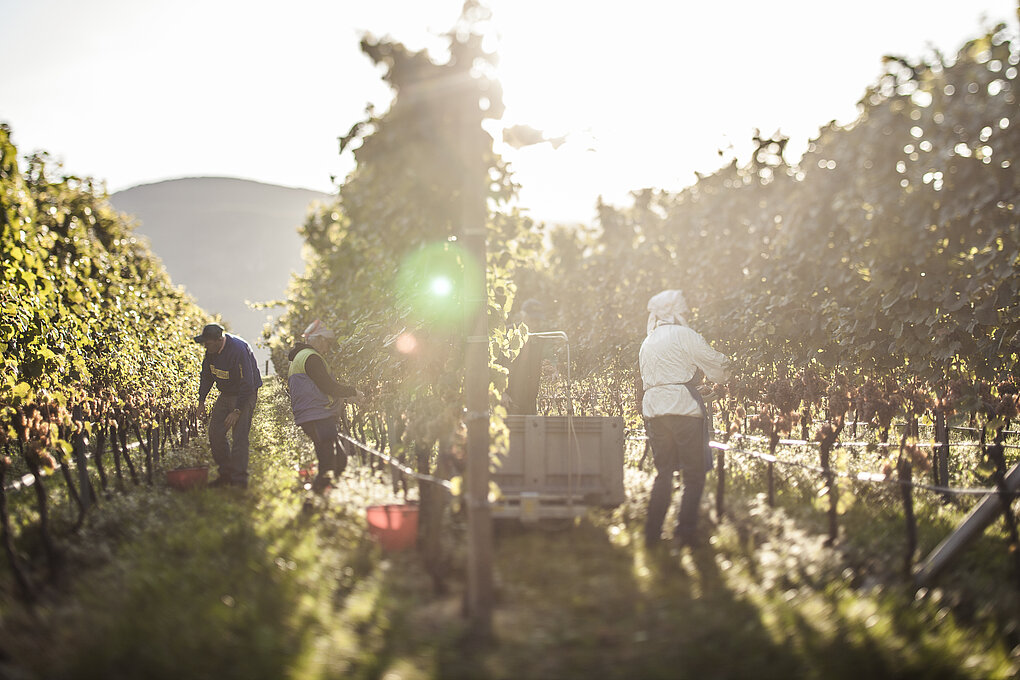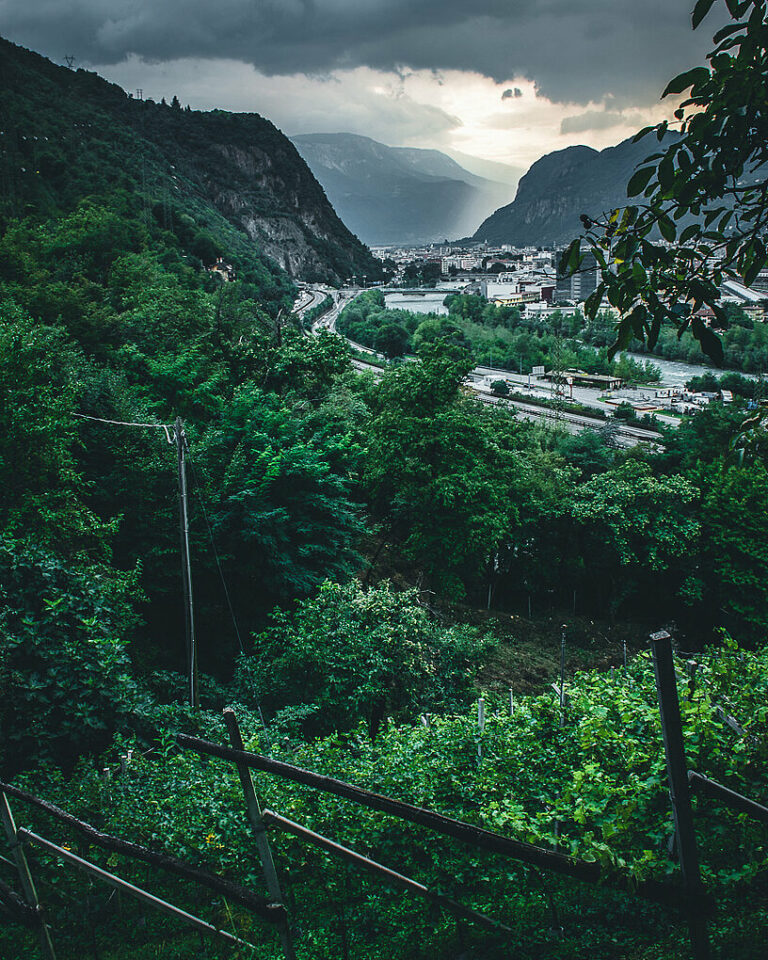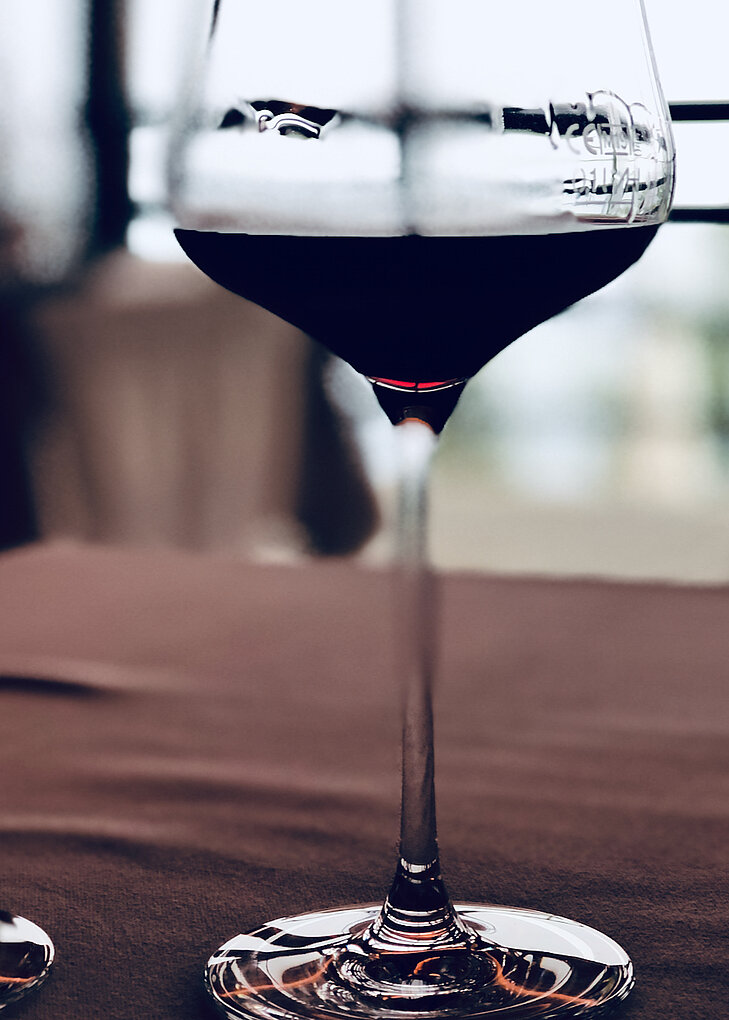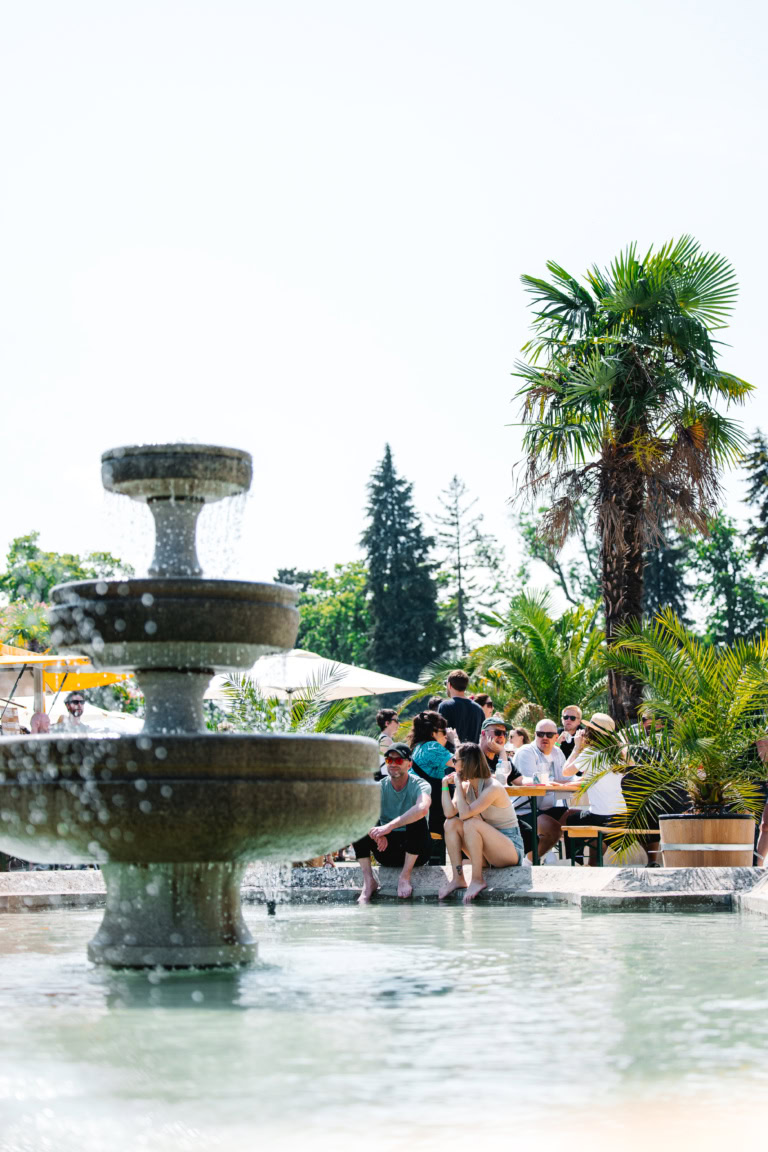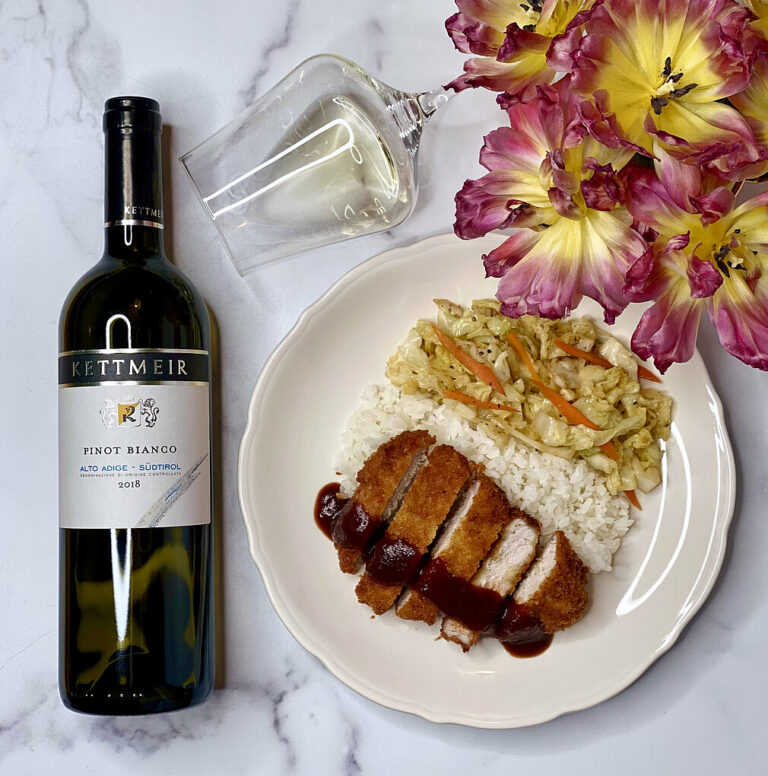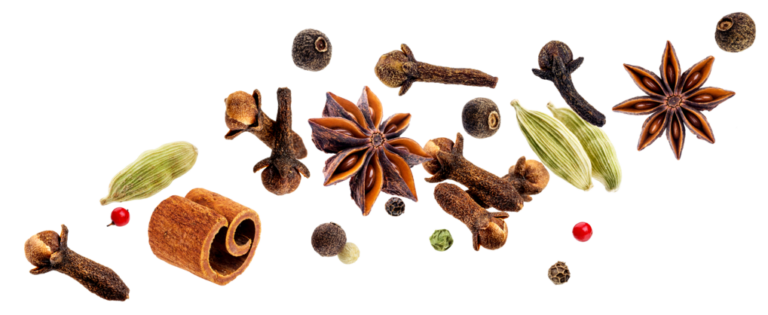Susan H. Gordon, MFA, is a PhD in Creativity candidate at The University of the Arts; her dissertation project is a language-focused book about the two Prosecco DOCG areas, Conegliano-Valdobbiadene and Asolo. She covers the eastern United States for the Hugh Johnson Pocket Wine Book, and otherwise concentrates her writing on Italian wines — her work has appeared in Gastronomica and on Forbes, Eater, Vogue.com, The Daily Meal, and the Wine Advocate online. She is a VIA Italian Wine Ambassador, and a 3iC Piemonte Wine and Food Specialist, both taught by Italian wine specialist Ian D’Agata. She holds a WSET Level 3 certification, along with current Level 4 studies, and an MFA from The New School. Susan grew up in Rome, then Philadelphia, and is now based in the Bronx in New York City.
